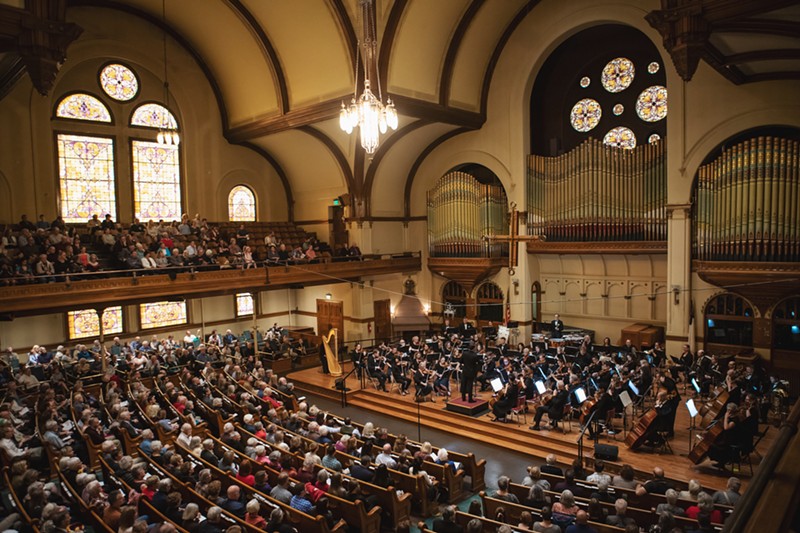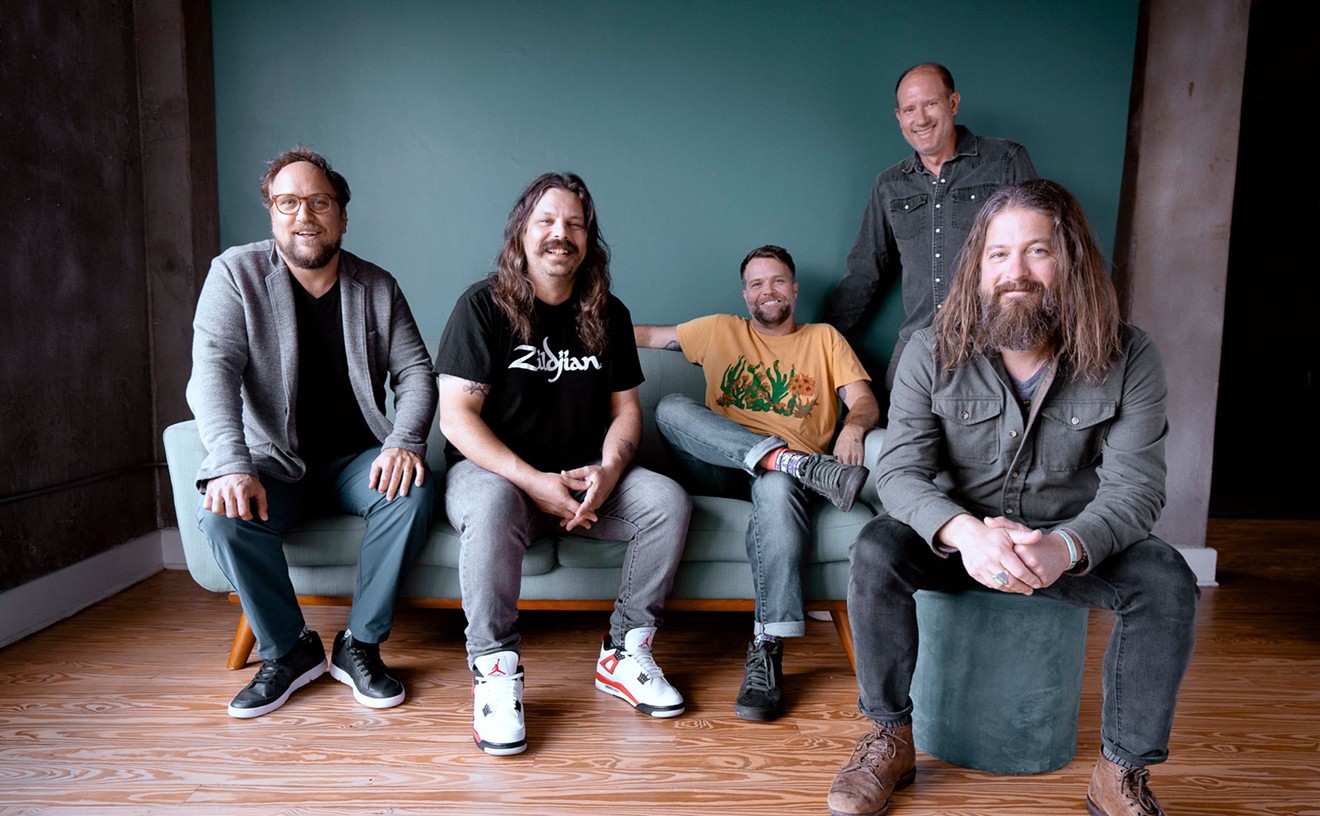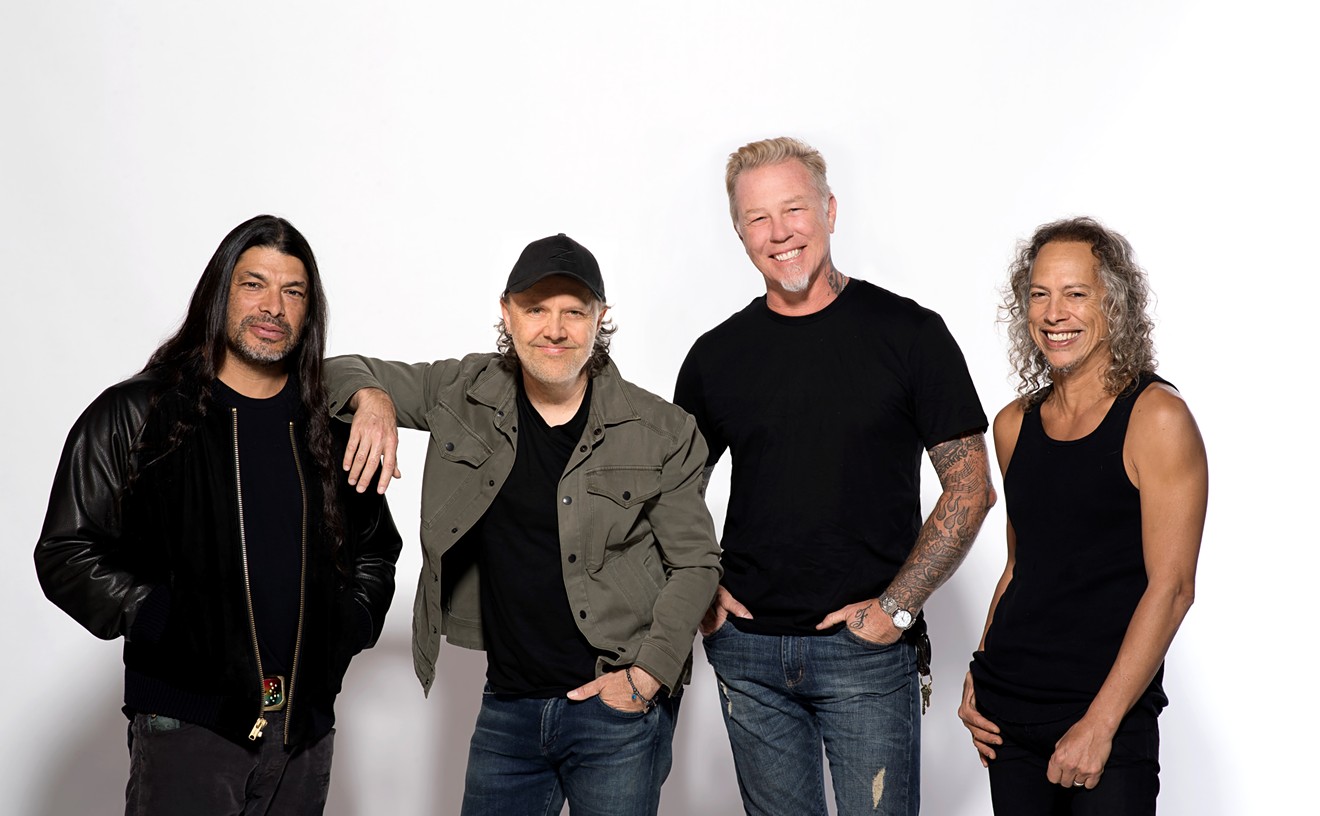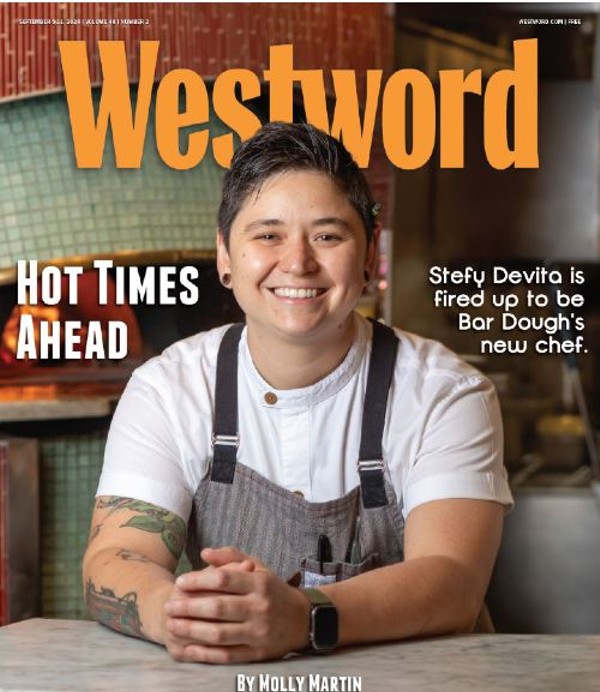The Denver Philharmonic Orchestra always wants audience members to dress comfortably when they come to a performance.
But its leaders were forgetting people who also attend the concerts — the musicians.
"We are very much about community and welcoming everyone to the table,” says Matt Meier, vice president of the DPO Board. “A lot of that is focused on the audience, but our mission — we talk about community — we consider our musicians to be a part of that community.”
The orchestra announced on Thursday that for its current season, which began in September, it did away with the traditional dress code for musicians, which was divided between male and female outfits. Typically, men were required to wear a black tuxedo or suit, white shirt, black bow tie, long black socks and black shoes. Women wore a mid-calf to ankle-length black skirt or sleeved dress, or long black slacks with a sleeved black blouse and black shoes.
But not everyone fits into those two categories.
The orchestra has changed its policy to allow musicians of all gender identities to choose from three options. Those include the traditional tux jacket and bow tie as well as black skirts, sleeved dresses and blouses and dress shoes. It's all basically concert wear, but players now have a little more leeway as to how they choose to dress.
“For people it truly effects, it really means a lot,” Meier says. “It doesn’t stand out in any way. That’s the point of everyone being dressed in black and everyone looking similar. An orchestra plays as an ensemble, and no one is standing out, so this allows everyone to feel like themselves and be comfortable while still maintaining a uniform look.”
Meier says the change came about over the summer after a bassist in the orchestra who identifies as gender-queer and non-binary asked to wear a dress during performances. “Our leadership team was very much in favor of that, absolutely,” Meier says. “The bassist followed the women’s dress code for the final concert of the season. We let them know that we were going to review the dress code over the summer.”
The bassist, Xadie James Antonio, who uses gender-neutral pronouns, announced in a news release that they are thrilled with the change of policy.
“It is very affirming to be able to express myself in a way that fits the person I am,” Antonio says. “This very slight change in language has a huge effect on transgender individuals and sets a precedent for other similar organizations to do the same."
Nick Dobreff, spokesman for the Colorado Symphony, says that orchestra’s dress code requires that musicians wear concert black attire during performances.
“There's a wide range of attire being worn by men and women, with the only stipulation being that they're dressed in black,” Dobreff says.
At least one other person at the DPO changed his wardrobe for the policy, but for a different reason. Meier says that an oboist also took advantage of the new dress code because he had trouble wearing the tux jacket and playing. He started wearing a shirt instead, which wouldn’t have been okay under the old dress code.
“He is kind of a bigger guy, so playing an oboe with a jacket on made it hard to take breaths,” Meier says. “It’s so constricting he wasn’t able to pull his arms around to utilize his instrument as well as he could.”
For more information on the Denver Philharmonic Orchestra, visit denverphilharmonic.org.

Audio By Carbonatix
[
{
"name": "Air - MediumRectangle - Inline Content - Mobile Display Size",
"component": "12017618",
"insertPoint": "2",
"requiredCountToDisplay": "2",
"watchElement": ".fdn-content-body",
"astAdList": [
{
"adType": "rectangle",
"displayTargets": "mobile"
}
]
},{
"name": "Editor Picks",
"component": "17242653",
"insertPoint": "4",
"requiredCountToDisplay": "1",
"watchElement": ".fdn-content-body",
"astAdList": [
{
"adType": "rectangle",
"displayTargets": "desktop|tablet"
},{
"adType": "rectangle",
"displayTargets": "desktop|tablet|mobile"
}
]
},{
"name": "Inline Links",
"component": "18838239",
"insertPoint": "8th",
"startingPoint": 8,
"requiredCountToDisplay": "7",
"maxInsertions": 25
},{
"name": "Air - MediumRectangle - Combo - Inline Content",
"component": "17261320",
"insertPoint": "8th",
"startingPoint": 8,
"requiredCountToDisplay": "7",
"maxInsertions": 25,
"watchElement": ".fdn-content-body",
"astAdList": [
{
"adType": "rectangle",
"displayTargets": "desktop|tablet"
},{
"adType": "rectangle",
"displayTargets": "desktop|tablet|mobile"
}
]
},{
"name": "Inline Links",
"component": "18838239",
"insertPoint": "8th",
"startingPoint": 12,
"requiredCountToDisplay": "11",
"maxInsertions": 25
},{
"name": "Air - Leaderboard Tower - Combo - Inline Content",
"component": "17261321",
"insertPoint": "8th",
"startingPoint": 12,
"requiredCountToDisplay": "11",
"maxInsertions": 25,
"watchElement": ".fdn-content-body",
"astAdList": [
{
"adType": "leaderboardInlineContent",
"displayTargets": "desktop|tablet"
},{
"adType": "tower",
"displayTargets": "mobile"
}
]
}
]











